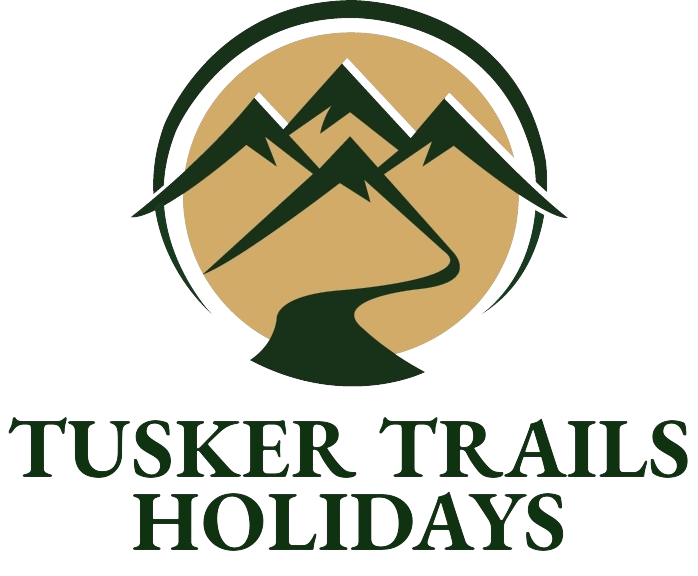Nairobi National Park
Nairobi National Park is the only park in the world where you can see wildlife against the backdrop of a bustling city skyline. Located just 7 km from the center of Nairobi, Kenya’s capital, this park offers a convenient and accessible way to enjoy nature and encounter some of Africa’s most iconic animals. The Park covers an area of 117 square kilometers and boasts a variety of habitats, from open grasslands and acacia woodlands to rocky valleys and wetlands. The park is home to over 100 species of mammals and 400 species of birds, including the endangered black rhino, lions, leopards, cheetahs, hyenas, buffaloes, giraffes, zebras, wildebeests, impalas, and many more. You can also spot some rare and endemic species, such as the Coke’s hartebeest, the black-backed jackal, and the white-winged widowbird.
One of the main attractions of the park is the David Sheldrick Wildlife Trust, where you can visit and adopt orphaned elephants and rhinos that have been rescued from poaching or human-wildlife conflict. You can watch them being fed and bathed by their caretakers and learn more about their stories and personalities. Another highlight is the Giraffe Centre, where you can feed and interact with friendly Rothschild’s giraffes and learn about their conservation efforts. You can also visit the historic ivory burning site, where former President Daniel Arap Moi burned 12 tons of ivory in 1989 to demonstrate Kenya’s commitment to fighting poaching and protecting wildlife.
Things to Do in Nairobi National Park
One of the most popular activities in the park is game viewing, where you can drive or join a guided tour through the park and see animals in their natural habitat. You can also opt for a walking safari, where you can explore the park on foot with an armed ranger and get closer to nature. If you are feeling adventurous, you can try camping in one of the three campsites in the park and spend a night under the stars surrounded by wildlife sounds.
You can also enjoy picnicking in one of the designated sites in the park and have a relaxing meal with your family or friends. For those who are interested in learning more about the park’s history and ecology, you can visit the Nairobi Safari Walk and the Animal Orphanage, where you can see exhibits and displays of various animals and plants found in the park.
Frequently Asked Questions About Nairobi National Park
If you are planning to visit Nairobi National Park, here are some common questions and answers that might help you prepare for your trip:
When is the best time to visit?
The park is open all year round, but the best time to visit depends on what you want to see. The dry season (June to October) is ideal for game viewing, as animals congregate around water sources and are easier to spot. The wet season (November to May) is good for bird watching, as migratory birds arrive and breed in the park. The wet season also brings more greenery and flowers to the park.
How much does it cost?
The park entry fees vary depending on your citizenship and age. For adults, it costs 430 KSH for Kenyan citizens, 430 KSH for Kenyan residents, and 43 USD for non-residents. For children, it costs 215 KSH for Kenyan citizens, 215 KSH for Kenyan residents, and 22 USD for non-residents. You can pay by cash or card. You can also hire a vehicle or join a tour from various operators in Nairobi.
Where can I stay?
There are no lodges or hotels inside the park, but there are plenty of accommodation options nearby, ranging from budget to luxury. Some of the popular ones include Nairobi Tented Camp, Ole Sereni Hotel, The Emakoko, and Panari Hotel. You can also camp in one of the three campsites in the park, namely Kingfisher, Impala, and Mokoyiet. You need to bring your own camping equipment and food, and book in advance.
How can I get there?
The park is easily accessible by road from Nairobi. You can use your own vehicle or hire a taxi or a matatu (minibus) from the city center. The main gate is located along Langata Road, about 15 minutes drive from the city. You can also use public transport to get to the park. There are buses and matatus that ply the route from the city center to Ongata Rongai, Kiserian, or Kitengela, and then you can take a boda boda (motorcycle taxi) to the park gate

